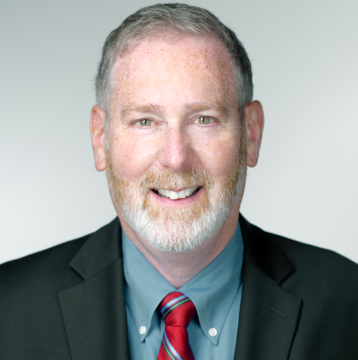May 14, 2021
New Poll: Time for Ohio to Act on CAFOs and Lake Erie
Summer is coming soon to the Great Lakes. We’re looking forward to enjoying a day at the beach and in the water with our friends and families. Now, think about if you live in the Toledo area and what you’re likely to see most summers: a plume of green toxic sludge.
Do you allow your kids to swim in that water? Do you let your dog play fetch in it? How about paddling in a kayak, sailing a small boat, or going walleye fishing? Not fun. Not healthy. And, not acceptable.
Recurring toxic algal outbreaks have plagued the western Lake Erie area for too many years. The problem is caused by an overload of phosphorus pollution that creates toxic cyanobacteria and harmful algae blooms. And we know where the pollution is coming from manure from CAFOs and excessive commercial fertilizer runoff from crop fields accounts for 88% of the phosphorus pollution. It enters western Lake Erie from the Maumee River watershed, according to the Ohio EPA’s analysis.
How can we clean up western Lake Erie?
According to the binational science team engaged by the U.S. and Canada, communities throughout the watershed must reduce phosphorus loading of Lake Erie by at least 40% by 2025 to achieve progress to alleviating the recurring harmful algae blooms.
The U.S. EPA, Environment and Climate Change Canada, the states of Ohio, Indiana, Michigan, New York and Pennsylvania, and the province of Ontario, and several others signed Annex 4 of the Great Lakes Water Quality Agreement in 2012. In this agreement, they each committed to take the necessary actions to reduce phosphorus pollution by 40% by 2025.
What’s happened in Ohio? Not much progress, if any at all. We’ve seen more CAFOs, more manure runoff pollution, and more harmful algal blooms each summer. That means impaired drinking water supplies, damages to fisheries and the overall ecological system, millions of dollars lost to the regional economy, and less enjoyable outdoor recreation for all.
Enough is enough. Northwest Ohioans are sick of this.
ELPC commissioned nationally recognized pollster J. Ann Selzer to learn more about the public’s views. The results are striking, and their message to Governor DeWine is pretty clear: it’s time to take Lake Erie cleanup seriously. Ohio must implement enforceable regulatory standards now!
J. Ann Selzer polled 506 voters in four Northwest Ohio counties about water quality issues and what to do about it.
The poll results show that Ohioans are fed up with recurring toxic algae outbreaks in Lake Erie and strongly support enforceable regulatory standards needed to reduce manure and commercial fertilizer runoff pollution enough to clean up the Lake.
Governor DeWine should live up to Ohio’s commitment.
Under Annex 4 of the Great Lakes Water Quality Agreement, Ohio must reduce the phosphorus pollution entering Lake Erie by 40% by 2025. That requires stepping up with effective regulatory standards. Sound science and practical experience show that voluntary measures, alone, are insufficient to clean up and solve the Lake Erie contaminated waters problems.
And it’s time to stop building new CAFOs; their rising levels of manure are only making a bad problem worse. Ohio must create a better system of permitting that works in practice and is not evaded and gamed by CAFO developers. The health of Lake Erie depends on it.
It is time to clean up this Great Lake to its true greatness for all!


